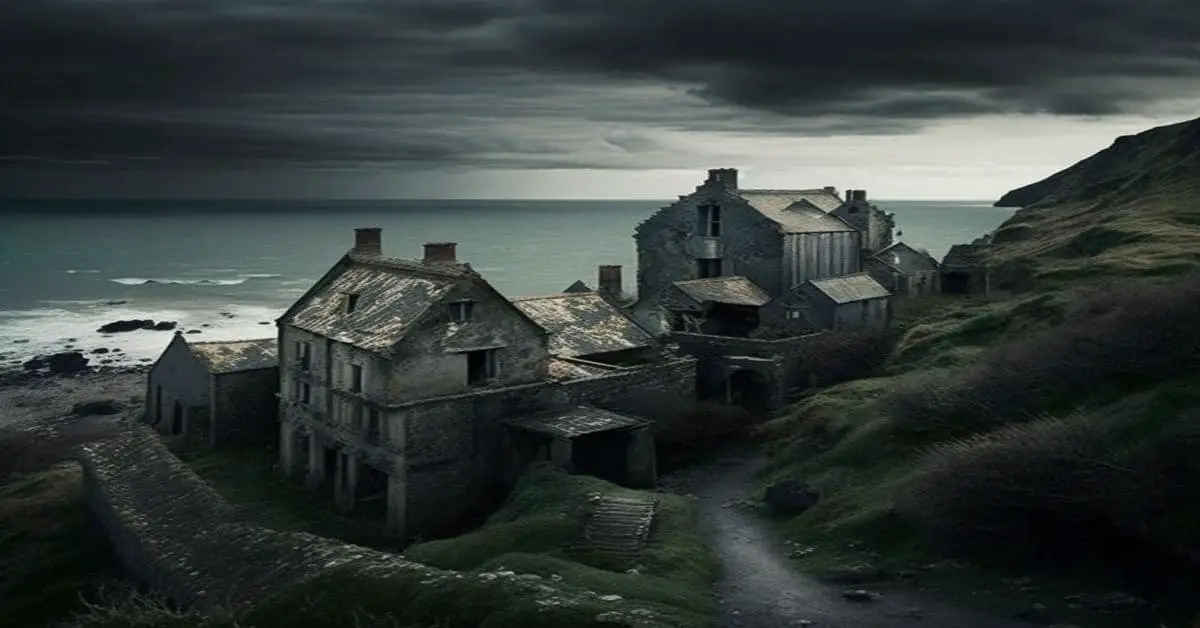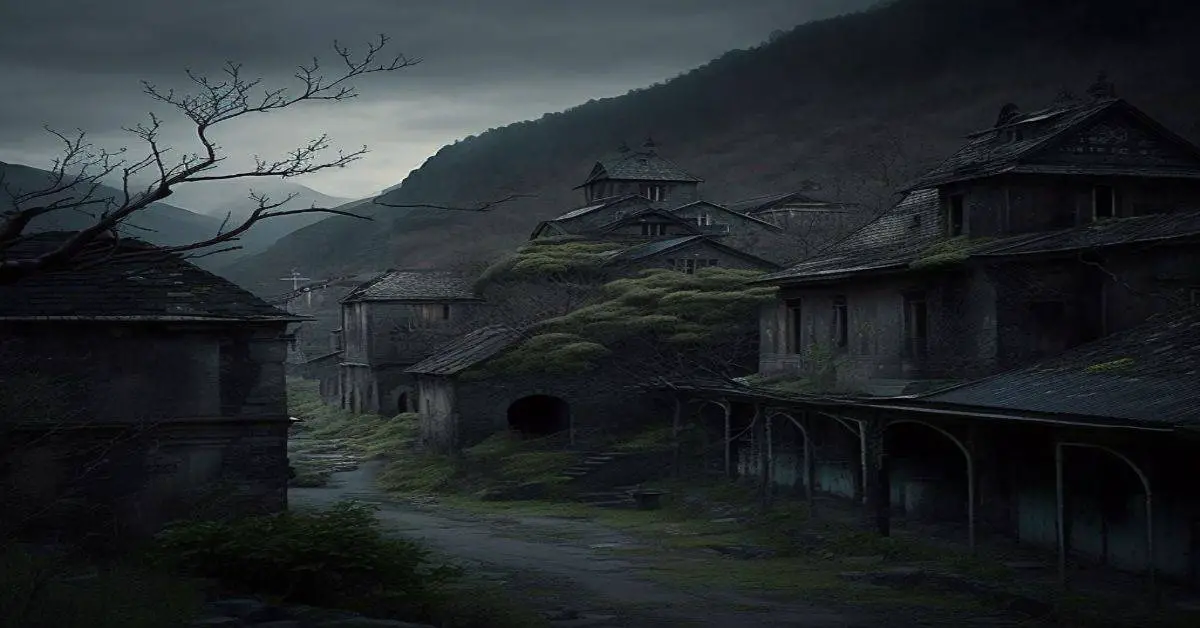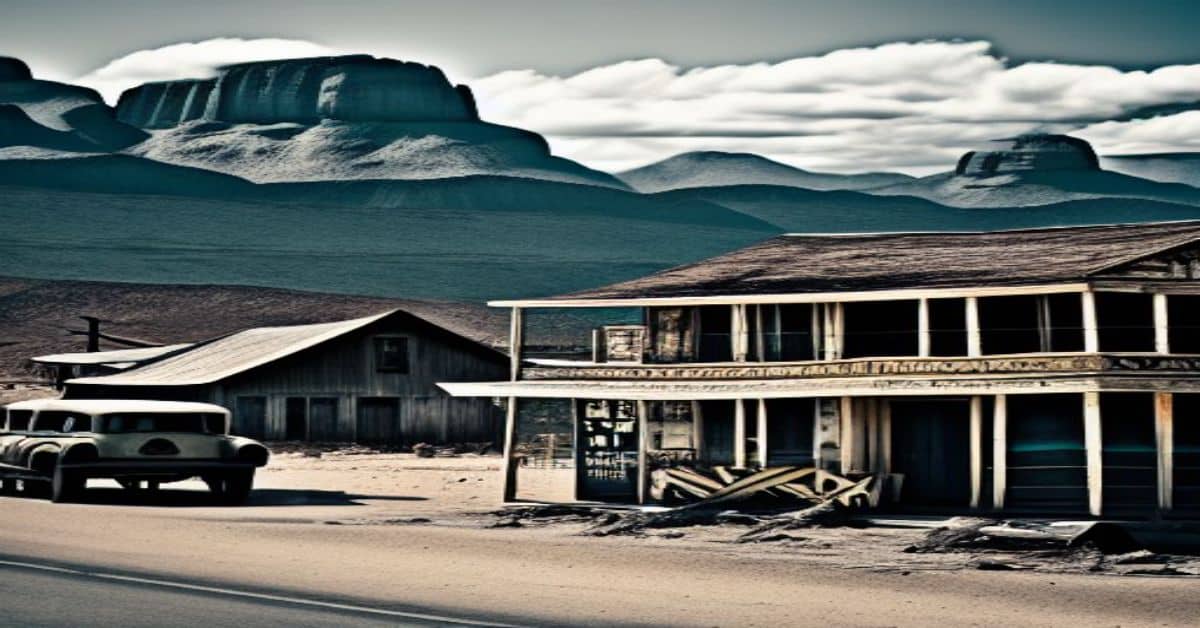Tierra Amarilla, a small town in northern New Mexico, has a rich history dating back to the mid-1800s. Once the County seat of Rio Arriba County, the town played a pivotal role in the Tierra Amarilla Land Grant, encompassing a vast land area.
Despite being a thriving town in the past, Tierra Amarilla has now been reduced to a shadow of its former self, with its residents struggling to keep the town alive. Today, Tierra Amarilla is a forgotten New Mexico town that is often bypassed by travelers who prefer the convenience of modern highways.
However, for those who take the time to explore this town, it offers a glimpse into the past, showcasing the region’s rich cultural heritage. This article will delve into the history, current state, and population of Tierra Amarilla, shedding light on its unique characteristics and providing a recommendation for those who wish to visit this fascinating town.
Key Takeaways
- Tierra Amarilla is a small town in northern New Mexico with a rich history dating back to the mid-1800s and played a pivotal role in the Tierra Amarilla Land Grant.
- Most of the town’s structures are in a state of neglect and decay, with most buildings abandoned or in varying conditions, and only a few buildings still in use.
- Tierra Amarilla has a unique history that should be preserved for future generations, and attractions worth exploring include the Rio Arriba County Courthouse and Office Building, built in 1917 and listed on the National Register of Historic Places.
- Proximity to the Rio Brazos and other natural attractions makes it an ideal spot for outdoor enthusiasts, and the town’s population primarily resides in the area due to their work at the county courthouse or in other government offices.
Location and History
Tierra Amarilla, a ghost town situated in New Mexico, holds significant geographical and cultural heritage.
It was the County seat of Rio Arriba County, which was a part of the Tierra Amarilla Land Grant during the mid-1800s. The town is located just off U.S. Highway 84, a mile or so South of the Rio Brazos.
The Tierra Amarilla Land Grant was established in 1832 and contributed to the town’s cultural heritage. The grant covered over 900,000 acres and was intended to be a buffer zone between the Spanish settlements and the Ute Indians.
The town served as the epicenter of the grant and became the County seat of Rio Arriba County. Over time, the town declined and is now considered a ghost town.
Nonetheless, Tierra Amarilla remains a significant part of the cultural heritage of New Mexico.
Current State and Buildings
The present condition of the structures in Tierra Amarilla seems to signify a state of neglect and decay. Most of the buildings are abandoned, and those that are still occupied are in varying conditions. The Rio Arriba County Courthouse and Office Building, the police station, and maybe a get-n-go are the only buildings on the main drag that are still in use.
The Trading Post, Old Motel, Main Street Fixer Upper, Tio’s Ballroom, and Rio Arriba County Courthouse are some of the buildings in the town that are not in use and are slowly deteriorating. The town has the air of a place by-passed by the highway and time, and the residents might resist the Ghost Town label, but it is a mere shadow of its former self.
Despite the neglected state of the structures in Tierra Amarilla, there have been some preservation efforts. For example, the Rio Arriba County Courthouse and Office Building have undergone some restoration work, and it is still being used for its original purpose. However, the other buildings in the town have been largely left to decay.
There is a need for more preservation efforts to protect the town’s historical value. While it may not be a popular tourist destination, Tierra Amarilla has a unique history that should be preserved for future generations.
Population and Recommendation
Based on the town’s function as the county seat, there are still a few hundred residents in the area. However, Tierra Amarilla is not a bustling town and has a feeling of being forgotten. The town’s population primarily resides in the area due to their work at the county courthouse or in other government offices. There are few employment opportunities or entertainment opportunities in the town, which has led to a decrease in population over the years.
Despite the town’s small population, Tierra Amarilla has some attractions worth exploring. Visitors can learn about the local culture and traditions by visiting the Rio Arriba County Courthouse and Office Building, built in 1917 and listed on the National Register of Historic Places. The building’s architecture and history provide an insight into the area’s past.
The town’s proximity to the Rio Brazos and other natural attractions makes it an ideal spot for outdoor enthusiasts. Overall, while Tierra Amarilla may not be a bustling city, it has a unique charm and history that is worth discovering.
Frequently Asked Questions
What caused the decline of Tierra Amarilla from its former glory?
Factors contributing to Tierra Amarilla’s decline include the town’s isolation, lack of economic opportunities, and declining population. Potential solutions for its revival may involve attracting new businesses and investment, improving infrastructure, and promoting tourism.
Are there any notable events or people associated with Tierra Amarilla’s history?
Notable figures associated with Tierra Amarilla’s history include Reies Tijerina, who led the 1967 raid on the Rio Arriba County Courthouse, and Elfego Baca, a lawman and gunfighter. Historical events include the Tierra Amarilla courthouse raid and the land grant conflicts of the 19th century.
What industries or businesses were prevalent in Tierra Amarilla during its peak?
During its peak, Tierra Amarilla’s main industries were agriculture, timber, and mining. However, the town’s decline was mainly due to economic factors such as the loss of mining jobs and the construction of the nearby highway, which bypassed the town.
Are there any unique or unusual features or attractions in Tierra Amarilla?
Tierra Amarilla has unique attractions like the nearby Chama River and the stunning scenery of the Carson National Forest. Local culture includes traditional Hispanic influences and the town’s history as a land grant community.
Are there any plans or efforts to revitalize Tierra Amarilla in the future?
Tierra Amarilla’s struggling state evokes a sense of melancholy, yet there are plans for development and community involvement to revitalize the town. Efforts include seeking funding for infrastructure improvements and promoting tourism to preserve its history.


